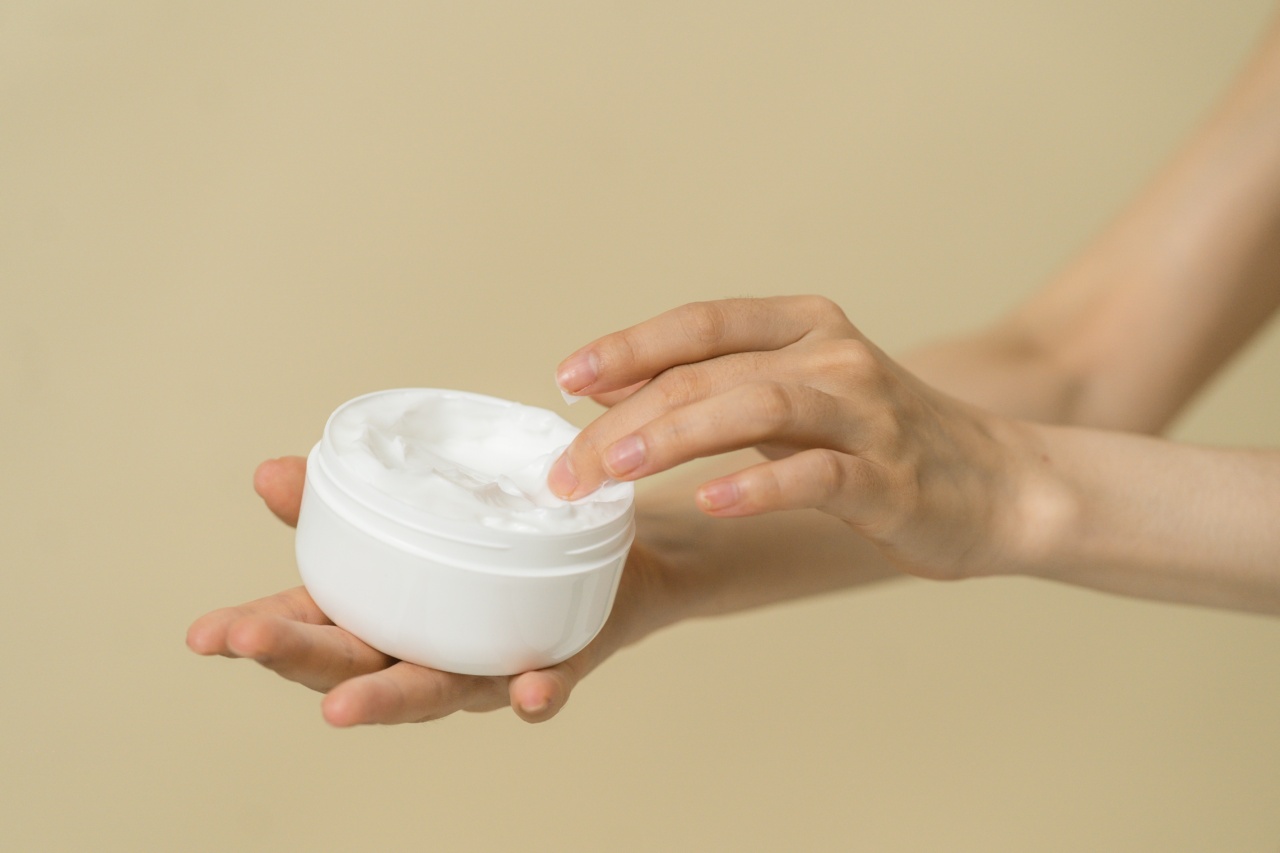When it comes to muscle soreness, there is no one-size-fits-all solution. Some people swear by ice, while others prefer heat.
But what about using ice cream for sore muscles? Yes, you read that right, ice cream! There’s been some debate lately about whether or not it’s a good idea to use ice cream to relieve muscle soreness. In this article, we’ll explore both sides of the argument and help you decide if ice cream is a good choice for your sore muscles.
The Benefits of Ice Cream for Sore Muscles
On the surface, using ice cream to soothe your aching muscles might sound like an indulgent treat, but there are actually some compelling reasons why this method might be effective.
Cooling Effect
The first and most obvious benefit of using ice cream for muscle soreness is the cooling effect. Cold temperatures can cause blood vessels to constrict, which can help to reduce inflammation and swelling.
By applying ice cream to your sore muscles, you’re essentially using the cold temperature to numb the area and reduce pain and inflammation.
Inflammation Reduction
As mentioned above, the cold temperature of the ice cream can help to reduce inflammation and swelling. This is particularly useful for people who suffer from chronic pain conditions such as arthritis or fibromyalgia.
Using ice cream on these areas may provide some relief.
A Delicious Treat
One more benefit of using ice cream for muscle soreness is that it’s a tasty way to ease your discomfort. Sometimes, simply indulging in a favorite dessert can help to distract you from the pain, even if only temporarily.
Plus, the sugar and fat in ice cream can help to provide your body with some much-needed energy and nutrients to aid in the recovery process.
The Downsides of Using Ice Cream for Sore Muscles
While using ice cream to relieve muscle soreness might sound like a fun and effective idea, there are some potential downsides to keep in mind.
The Mess Factor
One downside of using ice cream for muscle soreness is that it can get quite messy quickly. Melting ice cream can quickly start dripping down your skin and clothing, making it difficult to use for an extended period of time.
Plus, cleaning up the sticky mess afterwards can be quite a hassle.
Risk of Infection
Another potential downside of using ice cream on sore muscles is the risk of infection. If you have any open wounds or sores on your skin, applying ice cream to the area can introduce harmful bacteria and increase the risk of infection.
Lack of Control
When it comes to using ice cream for muscle soreness, it can be difficult to control the amount of cold pressure being applied to the area.
While some people might find the cold temperature to be soothing, others might find it uncomfortable or downright painful.
Alternatives to Ice Cream for Sore Muscles
Now that we’ve explored both the benefits and potential downsides of using ice cream for muscle soreness, let’s take a look at some alternative methods that might be more effective.
Cold Compresses
If you’re looking for a way to use cold temperatures to reduce inflammation and swelling in your sore muscles, a cold compress might be a better choice than ice cream.
Applying a bag of frozen vegetables or a cold compress to the affected area can help to numb the area and reduce pain and inflammation without the mess and risk of infection associated with ice cream.
Essential Oils
Another potential alternative to ice cream for muscle soreness is the use of essential oils. Peppermint oil and eucalyptus oil are two popular choices that are known for their cooling and anti-inflammatory properties.
Simply add a few drops of the oil to a carrier oil such as coconut oil or almond oil and massage the mixture into your sore muscles for relief.
Warm Baths
If you prefer heat over cold, taking a warm bath or shower might be a better choice than ice cream. The warm water can help to increase blood flow to the affected muscles and reduce pain and inflammation.
Conclusion
So, is using ice cream for muscle soreness a good idea or not? While there are some potential benefits to using ice cream to reduce inflammation and swelling, the downsides such as the mess factor and risk of infection might make it less than ideal.
Instead, consider alternatives such as cold compresses, essential oils, or warm baths to soothe your aching muscles.






























